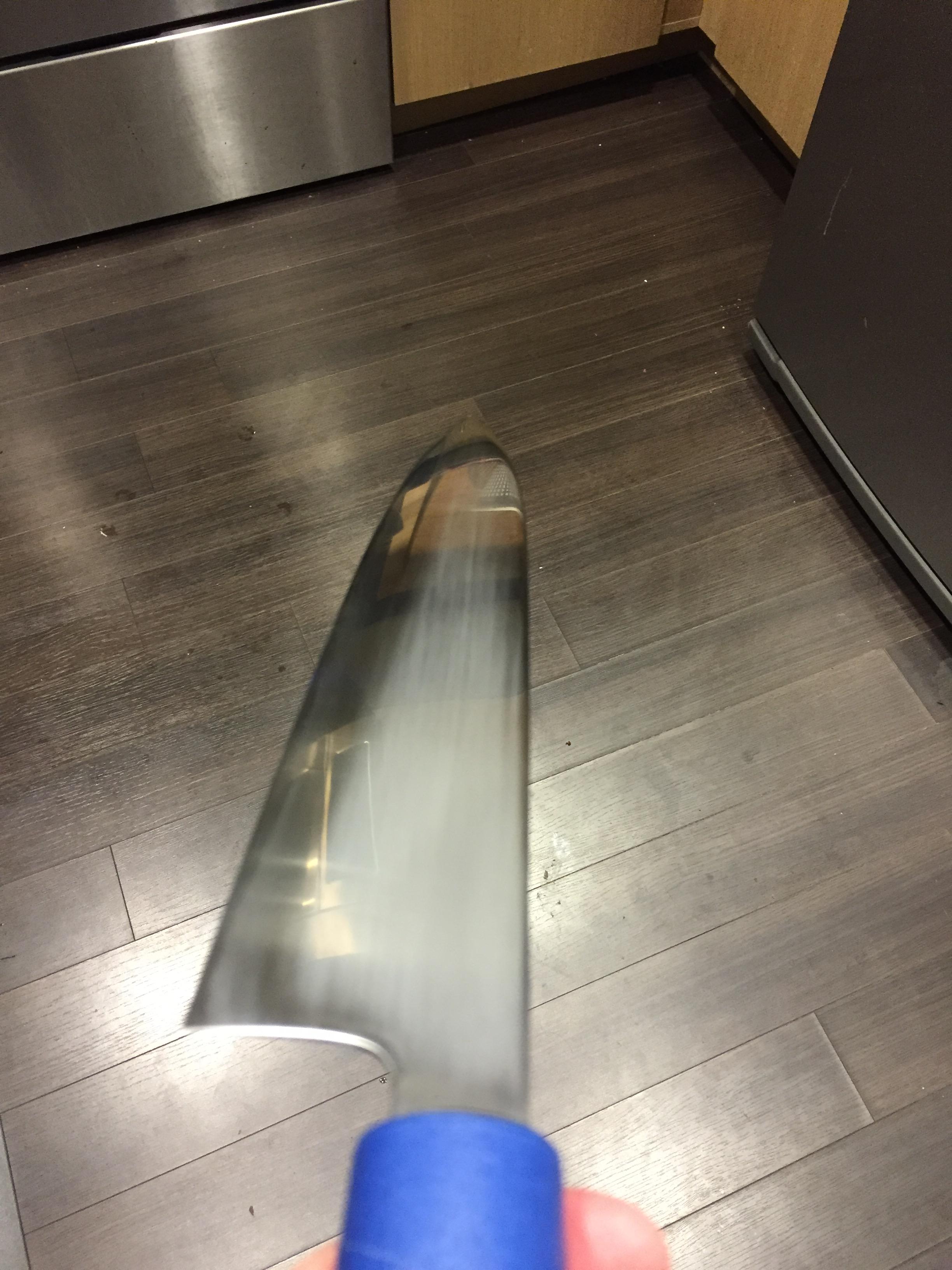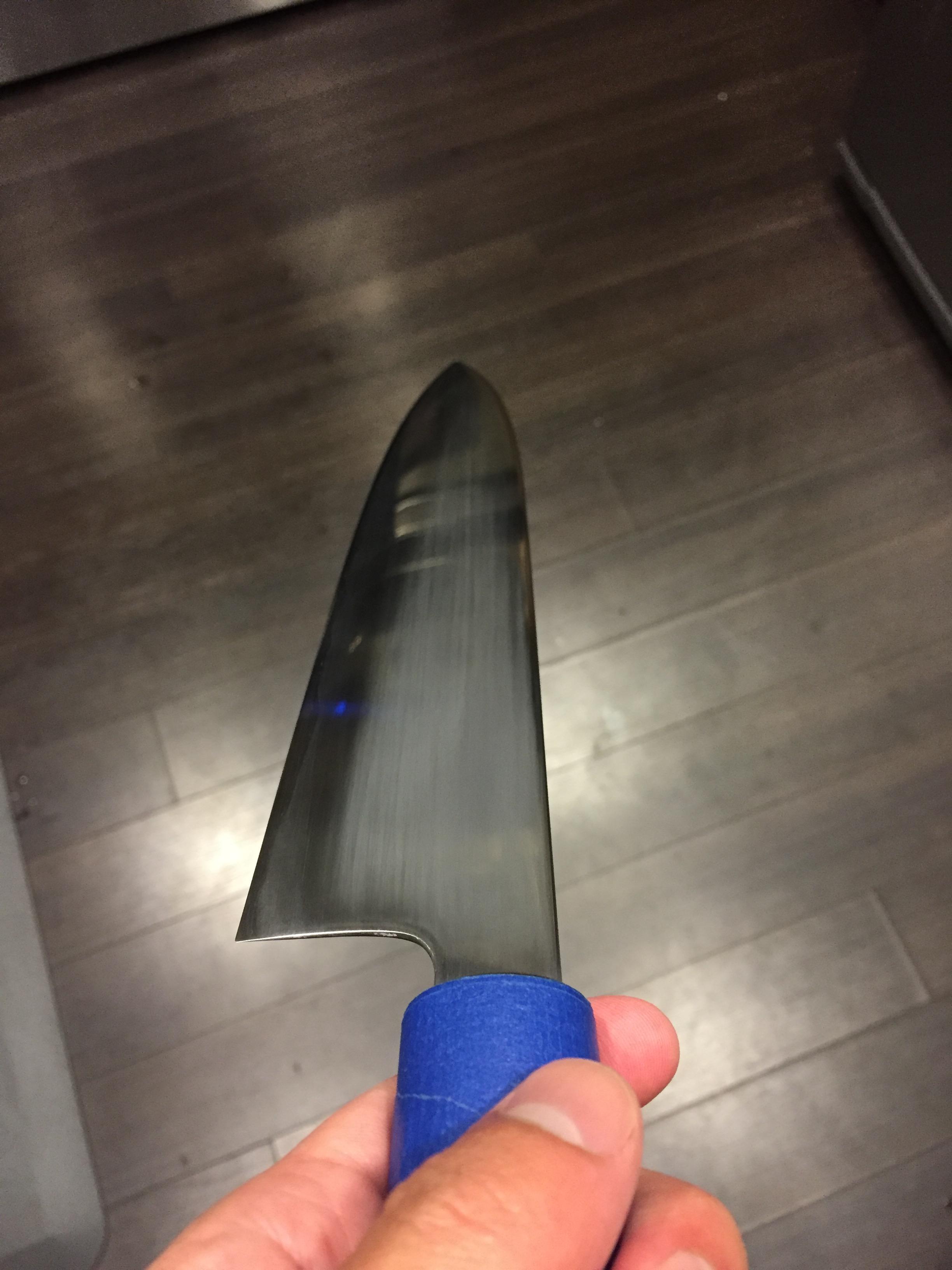mikedtran
Banned
- Joined
- Aug 26, 2015
- Messages
- 1,395
- Reaction score
- 21
Even if they don't 'scratch' you can't swirl around as though you're using a washing spongeFollow the polish pattern you want. Definitely, I'll get some loose bits too and when you've thinned down the stone it's pretty fragile and stuff breaks off, though if the stone's of regular quality there shouldn't be any deep scratches
The scratches are quite shallow they come out with 1000 grit sandpaper real easily. So my guess is I probably just need to go over it with less pressure and more patience?






